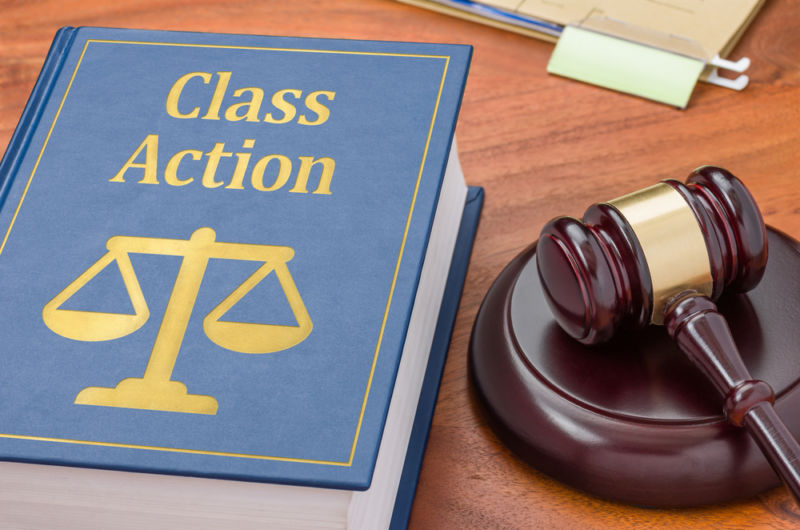Class action lawsuits present an intriguing aspect of the legal system, offering both benefits and drawbacks to those involved. These lawsuits allow a group of plaintiffs to collectively bring a case against a defendant, typically a corporation or large entity, for similar grievances.
While class action lawsuits can be advantageous, they also come with significant challenges. Understanding these pros and cons can help potential class members make informed decisions.
As illustrated by Pogust Goodhead, timely and transparent handling of cases is crucial. Let’s explore the key aspects of class action lawsuits, providing a balanced view of their advantages and disadvantages.
What is a Class Action Lawsuit?

A class action lawsuit involves one or more plaintiffs representing a larger group, all of whom have suffered similar harm due to the defendant’s actions.
This type of lawsuit is often seen in cases involving consumer rights, environmental issues, employment disputes, and product liabilities.
The goal is to streamline the legal process by consolidating multiple individual claims into one comprehensive case.
Advantages of Class Action Lawsuits
Cost Efficiency
One of the primary benefits of a class action lawsuit is the reduction in litigation costs. By consolidating numerous similar claims, the expenses are spread across all class members.
This shared financial burden makes it feasible for individuals with smaller claims, who might not otherwise afford the cost of litigation, to seek justice.
Judicial Efficiency
Class action lawsuits promote greater judicial efficiency. Instead of clogging the court system with numerous individual lawsuits, a single case is handled by one judge.
Streamlines the process, saving time and resources for both the plaintiffs and the judicial system.
Uniformity of Outcomes
Class action lawsuits often result in more consistent outcomes for plaintiffs. When multiple lawsuits are filed individually, the results can vary significantly.
A class action ensures that all plaintiffs receive a uniform settlement or judgment, promoting fairness and equity among those affected.
Increased Likelihood of Settlement
The collective nature of a class action lawsuit can pressure defendants to settle.
Facing a large group of plaintiffs increases the financial risk and public scrutiny for the defendant, often leading to a quicker and more favorable settlement for the plaintiffs.
Disadvantages of Class Action Lawsuits
Limited Control for Plaintiffs

In a class action lawsuit, individual plaintiffs have limited control over the proceedings. The lead plaintiffs and their attorneys make crucial decisions, including whether to settle or continue litigation.
This lack of control can be frustrating for class members who may have different views on how the case should be handled.
Potentially Lower Compensation
Class action settlements often result in lower individual compensation compared to what might be obtained through separate lawsuits.
The total settlement amount is divided among all class members, which can dilute the compensation received by each individual, especially in cases with a large number of plaintiffs.
Lengthy Legal Process
Class action lawsuits can take a considerable amount of time to resolve. The complexity of these cases, combined with the large number of plaintiffs, often results in prolonged legal proceedings.
For those seeking quick resolution, this can be a significant drawback.
Risk of Unsuccessful Outcome
If a class action lawsuit fails, individual plaintiffs may be barred from filing separate lawsuits on the same issue. This one-shot approach means that an unsuccessful class action can prevent plaintiffs from seeking redress through other legal avenues, potentially leaving them without any compensation.
Factors to Consider Before Joining a Class Action Lawsuit
Strength of the Case

Before joining a class action lawsuit, it is essential to assess the strength of the case. Potential plaintiffs should consider the merits of their claims and the likelihood of success.
Consulting with experienced attorneys can provide valuable insights into the viability of the lawsuit.
Desired Outcome
Plaintiffs should also consider what they hope to achieve through the lawsuit. If the primary goal is financial compensation, a class action might be suitable. However, if plaintiffs seek specific remedies, such as policy changes or injunctive relief, individual lawsuits might be more effective.
Financial Considerations
The financial implications of joining a class action lawsuit should not be overlooked. While litigation costs are shared, the potential compensation might be lower than expected. Plaintiffs need to weigh the cost-benefit ratio to determine if participating in a class action is the best option.
Time Commitment
Class action lawsuits require a significant time commitment. Potential plaintiffs should be prepared for a lengthy legal process and consider whether they have the patience and resources to see the case through to its conclusion.
Conclusion
Class action lawsuits offer a unique legal avenue for addressing widespread harm caused by defendants. They provide cost efficiency, judicial efficiency, and uniformity of outcomes, making them an attractive option for many plaintiffs. They also come with limitations, such as reduced control for individual plaintiffs, potentially lower compensation, lengthy legal processes, and the risk of an unsuccessful outcome.
Deciding whether to join a class action lawsuit requires careful consideration of the case’s strengths, desired outcomes, financial implications, and time commitment. By weighing these factors, potential plaintiffs can make informed decisions that best protect their rights and interests.





